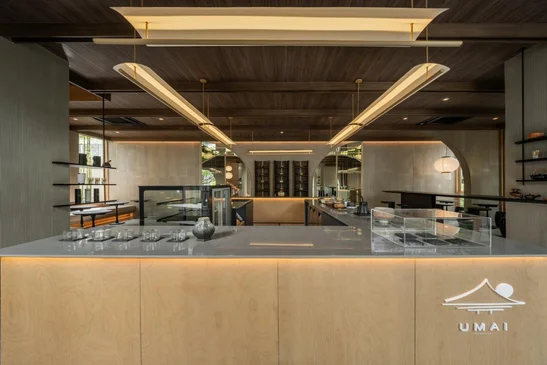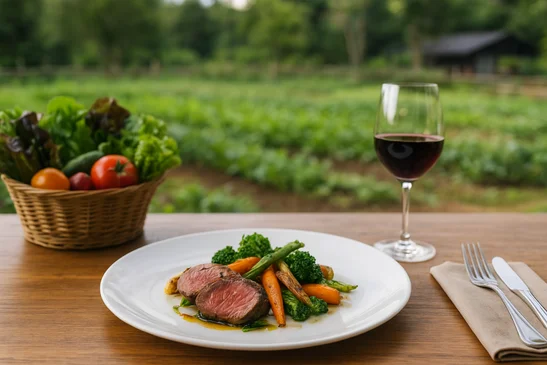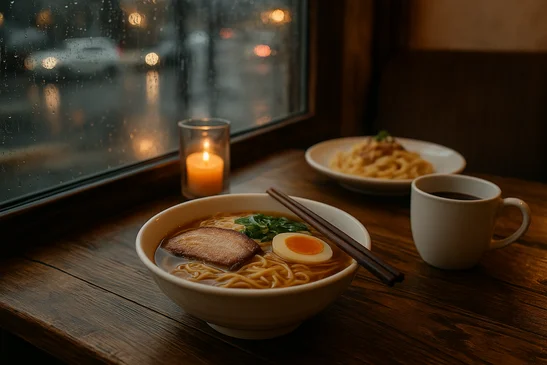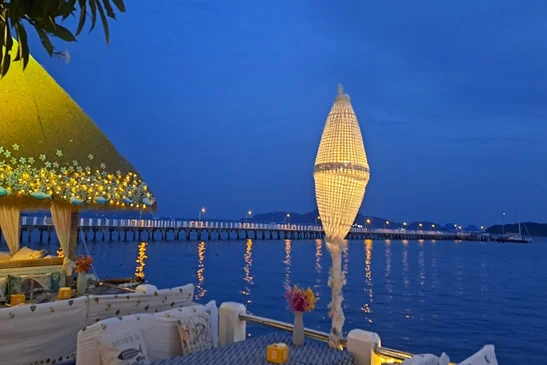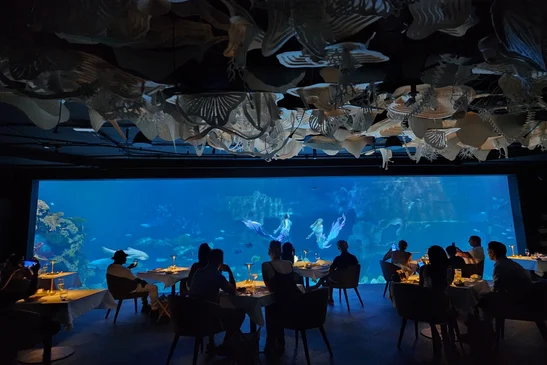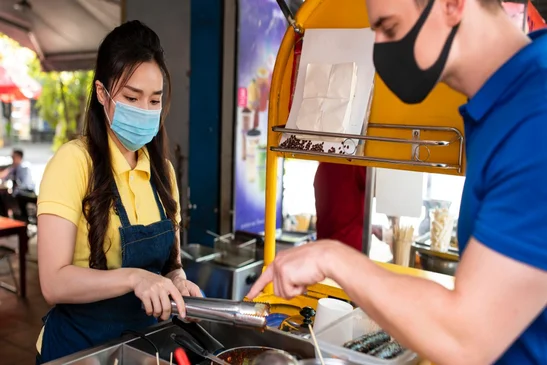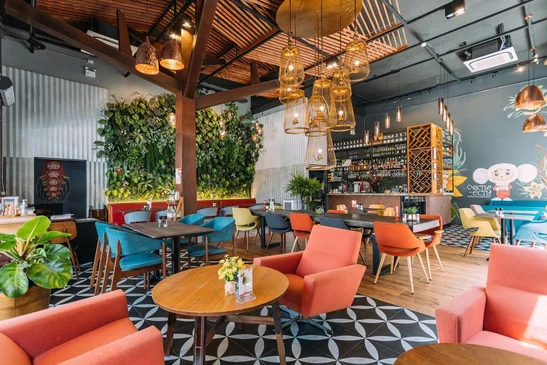For tourists first visiting Thailand, one detail they often notice is that the food is quite different from what they’ve been eating at their local Thai restaurant all these years. Usually different as in better. Does the food just taste better here? Probably yes, but it’s not magic. More often than not the same ingredients are unavailable in other countries, or they aren’t fresh and possibly have been frozen. If it’s any consolation, Thai food varies considerably throughout Thailand as well, just not for the same reasons.
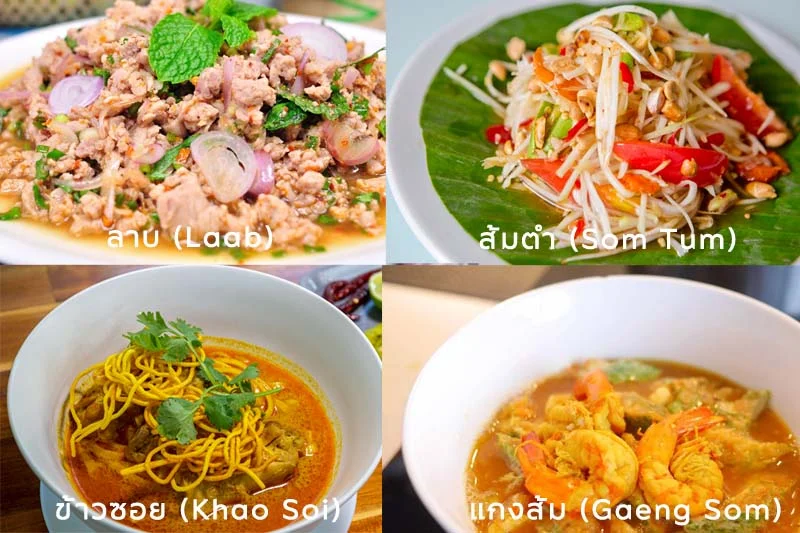
Those with keen taste buds and who have traveled a bit throughout Thailand might have noticed that there are some dishes or flavors here in Phuket that aren’t often found elsewhere. There are regional dishes that originate from many different places around the country such as laab and som tum (papaya salad) from the northeast (Isaan), khao soi from the Chiang Mai region, and gaeng som (orange curry) from the south.
Phuket also has several regional specialties, but there’s a different reason why. For a few hundred years (up until 1994) Phuket was a major producer of tin. Hundreds of years ago Chinese immigrants began settling in Phuket to work in the mines in search of newfound wealth. Naturally, they brought their culinary traditions with them. Over the centuries, the line between Chinese and Thai flavors and cooking methods has continued to blur. The result is a unique and varied culinary landscape that has helped the island earn the title of a UNESCO Creative City of Gastronomy.
One of the most noticeable Chinese influences lies within the actual method of cooking. You’ll find that pan frying in a wok is often done at very high heat with quick cooking times. In China, they even have a term for this; wok hei, or “breath of the wok”. This style of cooking imparts different flavors on the food being cooked which gives a deeper, smokier taste. Cooking, after all, really is chemistry at its core and cranking the heat affects the food’s molecules in many ways which invariably influences the final flavors.
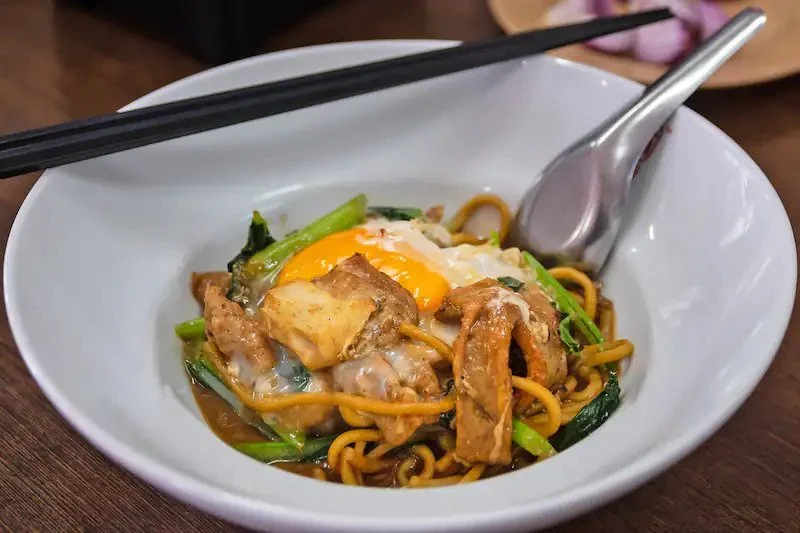
mee hokkien phuket Cr: th.hotels.com
You will also find that Chinese-influenced cuisine in Phuket may have varied ingredients or combinations thereof. Chicken feet are a common one seen in soups and stir-fried dishes, and even the type of noodles used in dishes like mee hokkien are not what is typically seen in Thai dishes.
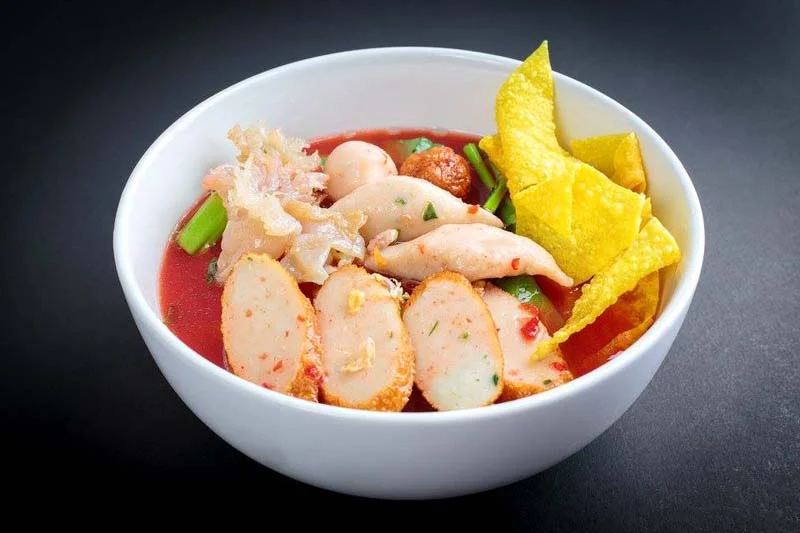
Yen ta foe Cr: thaiwave.club
The spices are really where you’ll see the most noticeable contrast. Take the use of Sichuan pepper as an example. This peppercorn, originating from southwest China, has a unique flavor and has a numbing effect on the lips when used generously. It is the signature ingredient in a sauce/flavoring called mala which is popular at shabu restaurants and other establishments offering diverse flavors. Another distinctly Chinese flavor is fermented bean curd paste called tao hu yi in Thai. This salty paste with a pinkish hue is used in some stir fried dishes as well as the very popular noodle soup called yen ta foe.
